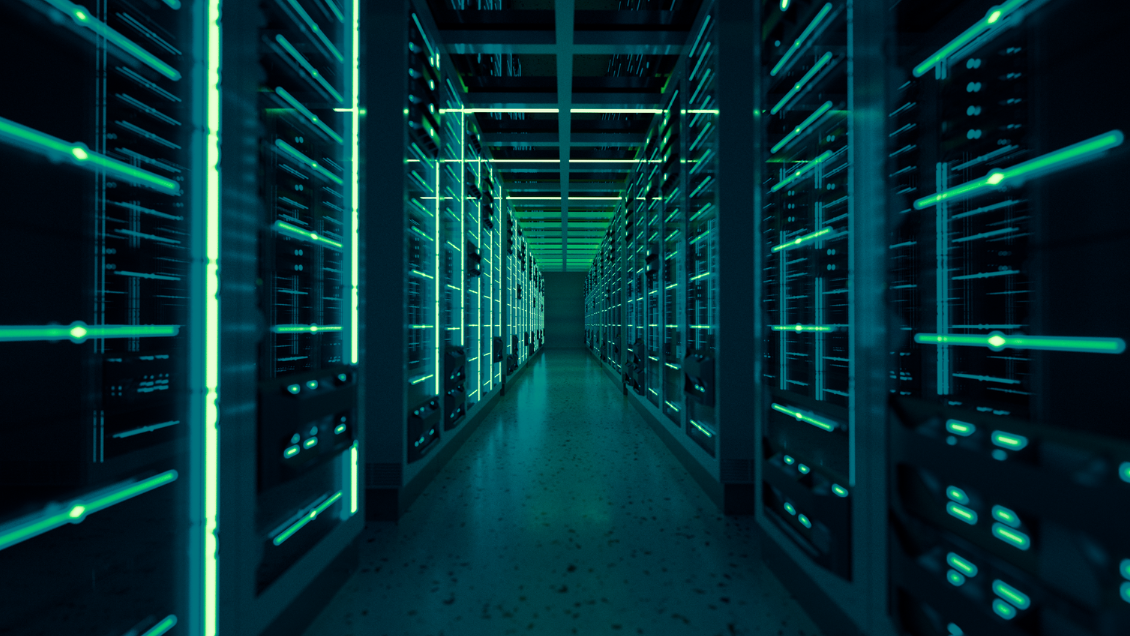

Heat Harvest: Leveraging Data Centre Surplus for Sustainable Industry
Every day, significant resources are squandered due to unutilized surplus heat, commonly known as waste heat. Data centers exemplify this issue as power-intensive facilities that generate substantial surplus heat, which often remains untapped. Despite the immense heat output, little is done to harness it, primarily due to the low temperature of the heat emitted, presenting a challenge in its utilization.
Let’s turn the tables on wasted heat from data centers. Instead of letting it dissipate, why not use it to fuel industry and spark job growth? With existing technology, we can efficiently capture this surplus heat and repurpose it for industrial processes. It’s time to think smart and harness this heat for meaningful progress.
Surplus heat from a data centre typically maintains temperatures around 35 – 50oC. Such heat is difficult to utilise directly. By using industrial heat pumps already in use in Norway and abroad, surplus heat can be converted into process heat up to 200oC. This type of thermal energy is valuable and widely used in industrial processes, such as the food industry, distillation processes in the chemical industry, or the drying of fish and animal feed.
When large data centers spring up in Norwegian municipalities, the conversation often revolves around the potential job opportunities they bring. Imagine an industrial park adjacent to a data center, capable of supplying process heat reaching temperatures of up to 200°C. Such a setup would undoubtedly be appealing, attracting additional industrial ventures. By fostering industries linked to data centers, we could generate a multitude of jobs, surpassing the employment potential of the data center alone. Moreover, by tapping into surplus heat, we can achieve circular energy utilization—a critical objective highlighted by policymakers. This aligns with the imperative need for extensive electrification to facilitate our transition towards a greener future.
The use of industrial heat pumps can be a triple win for energy saving. In an article in DN (Dagens Næringsliv- a Norwegian business-focused newspaper) on March 1st this year, research director at Sintef, Petter Egil Røkke, writes that all the electricity used in a data centre becomes heat, and further, that 25% of the power used by the data centre goes to cooling this heat. Cooling is a by-product of a heat pump. By using industrial heat pumps, you get both process heat and cooling for the data centre, in addition to other industrial jobs.
However, as Røkke accurately highlights, public authorities should employ both incentives and sanctions to ensure that companies requiring heat are located alongside businesses possessing substantial heat surpluses, incorporating a cost-benefit analysis for the utilization of surplus heat.
We don’t need to let Google waste heat in Skien, as Røkke fears. If we use Sintef’s calculations on Google’s planned data centre establishment in Skien, 25% of the energy will be used for cooling. This means that the mentioned heat pumps could have reduced 25% of the power consumption. That is a lot of valuable power saved. This way, we can avoid Google’s facility in Skien becoming an energy drain.
The technology stands ready, awaiting the determination to deploy it. Municipalities hosting data centers hold the key to a critical choice. Embracing this technology means embracing efficiency and resourcefulness. Anything less would be a misstep—both financially and environmentally. The choice is clear: let’s seize the opportunity to harness valuable power, paving the way for a smarter, more sustainable future.